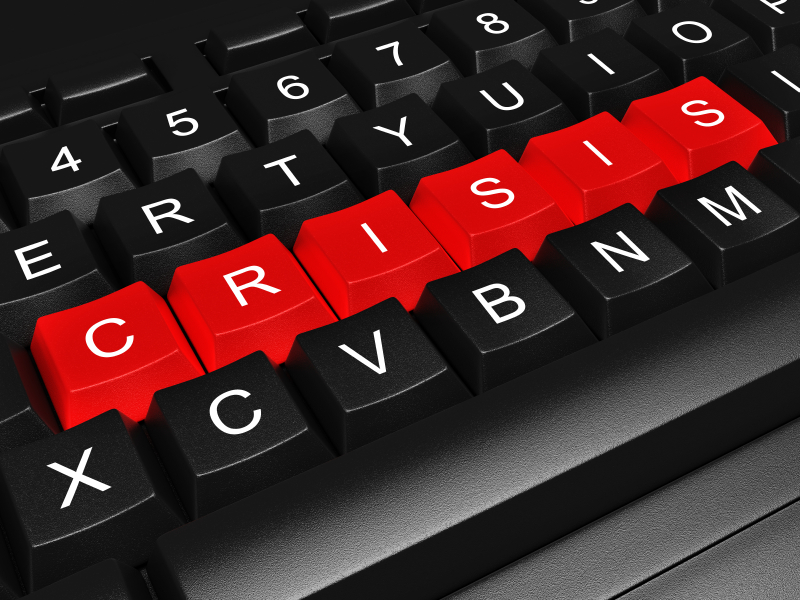
This is republished with the permission of Interfor International. Its president, Don Aviv, is a Reputation Communications Advisory Board member.
Reputation management for entities is particularly relevant these days as the whole world watches the Twitter saga unfolding.
With the social media giant in freefall and its new boss Elon Musk pushing his own inscrutable agenda, the question of how organizations can effectively manage reputations during times of change or crisis should be front of mind for the leadership of any organization paying attention.
Since Musk took the reins of the social media giant, Twitter has faced major challenges such as users and advertisers fleeing the platform and senior employees jumping ship. The mass layoffs the company has endured and the media circus accompanying every action has exacerbated the hit to Twitter’s brand.
The situation could become more volatile.
It is still not clear what Musk’s vision for success with Twitter is, and there are plenty of reasons to be skeptical of his ability to dig himself out of the deep hole he has dug himself, despite the success of Tesla and Space X.
Perhaps this is a case in which we can examine how an organization can learn how to manage its reputation in the public eye… and come out even stronger.
The current imbroglio that Twitter finds itself in is an extreme situation where the world’s richest man has acquired the world’s public square and the result is a stunning explosion of brand value. But observant companies can still learn valuable lessons from this fiasco about how to manage their reputation in the public eye, and even come through stronger when faced with significant challenges.
What it is, and why it matters
Reputation management is often defined as the practice of influencing stakeholder perceptions and public conversations about an organization and its brands. It includes monitoring perceptions and conversations, responding to reputation threats and proactively seizing opportunities to boost reputation.
Reputation management is more challenging for an organization with many moving parts, as opposed to individuals or small businesses which can monitor reputations online by tracking news, reviews, and social media.
A larger organization, especially a publicly traded company, must manage expectations of shareholders and multiple partners, so reputation management becomes complex. But there are steps organizations can take to put their best foot forward online, in the media, and to their customers.
What can organizations do to protect their reputations?
Companies can take several steps to manage their reputation on an organizational level. A positive reputation can take years to build and a few minutes to ruin. There is always the risk that one misinterpreted tweet or post can cause a maelstrom on social media, so it is best to consider the following actions, all of which can be done preemptively.
– Be as transparent as possible in communications and with your audience.
Of value today in an organization is the ability to be transparent and own a mistake. Brands are as fallible as people, and as creators and influencers continue to be the face of organizations, brands will continue to strive to be perceived as relatable. This is especially true for Gen Z, who grew up on screens and understand which brands are authentic.
-Be diverse, but really embrace diversity
A lot of lip service surrounds diversity these days, with limited real action often taken in organizations. The best way to change is to promote diversity in your organization (including diversity of thought). Work to build diverse teams and share with your community what you’re doing, particularly the wins of team members.
-Be good to your employees
As we’re seeing with Twitter, Musk’s behavior and communication style is driving many employees away. His direct and abrasive style is self-selecting for employees who value his style of management, but the optics (as covered in the media) are not great. In general, people do talk, so being good to your employees will help generate good will.
These are three important points for reputation management on an organization level, but attention must also be paid to your online presence. In Twitter’s case, this is less relevant as they are a social media company. But most companies have a robust digital footprint which needs to be monitored.
Steps for a better online presence:
-Prepare a digital strategy
As the saying goes, “failing to plan, means planning to fail,” so having some kind of plan is key. The online world is dynamic, but the good news is you can gauge feedback immediately and understand trends with easily accessible analytics.
-Make your website (and social media) the authority
There is often an educational component to the service or product you market. With so much noise online and everyone jockeying to be an “expert,” building a presence with authority and developing content such as testimonials, data, and media links will help you stand out. The more authority you have online and the more transparent your communication, the better your reputation will be.
-Have conversations with your customers
Your customers are your lifeblood and engaging with them (and the comments they post) can help spot challenges which may arise. Taking that extra step is also key in building brand loyalty with your community.
Related reading: The Essentials: Online Reputation Management FAQs





